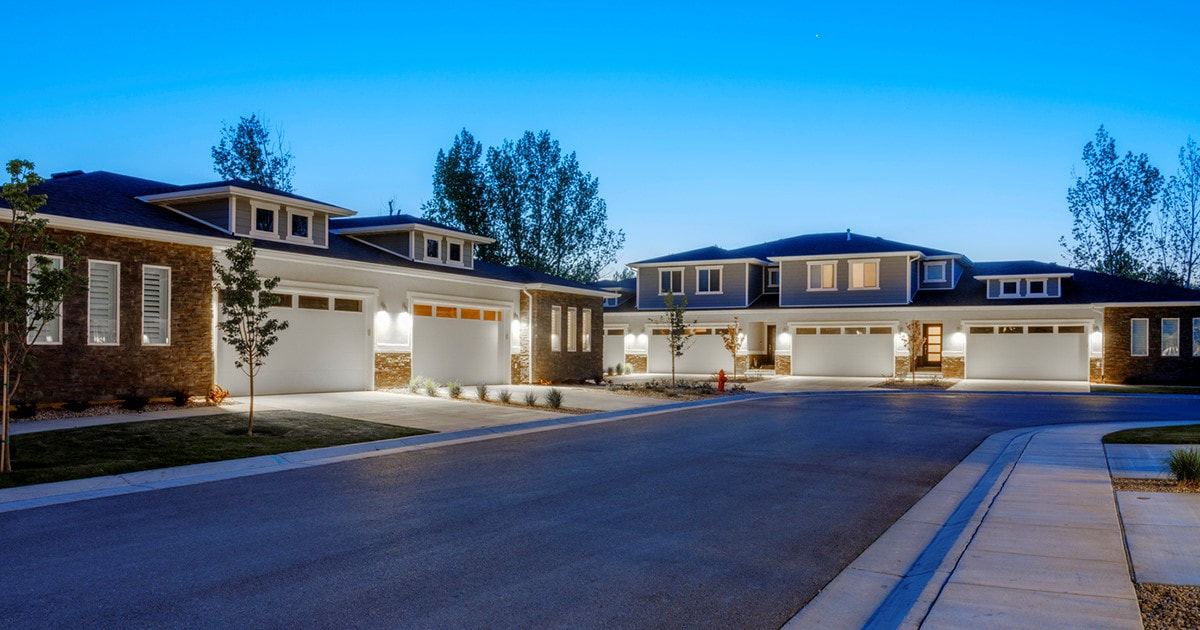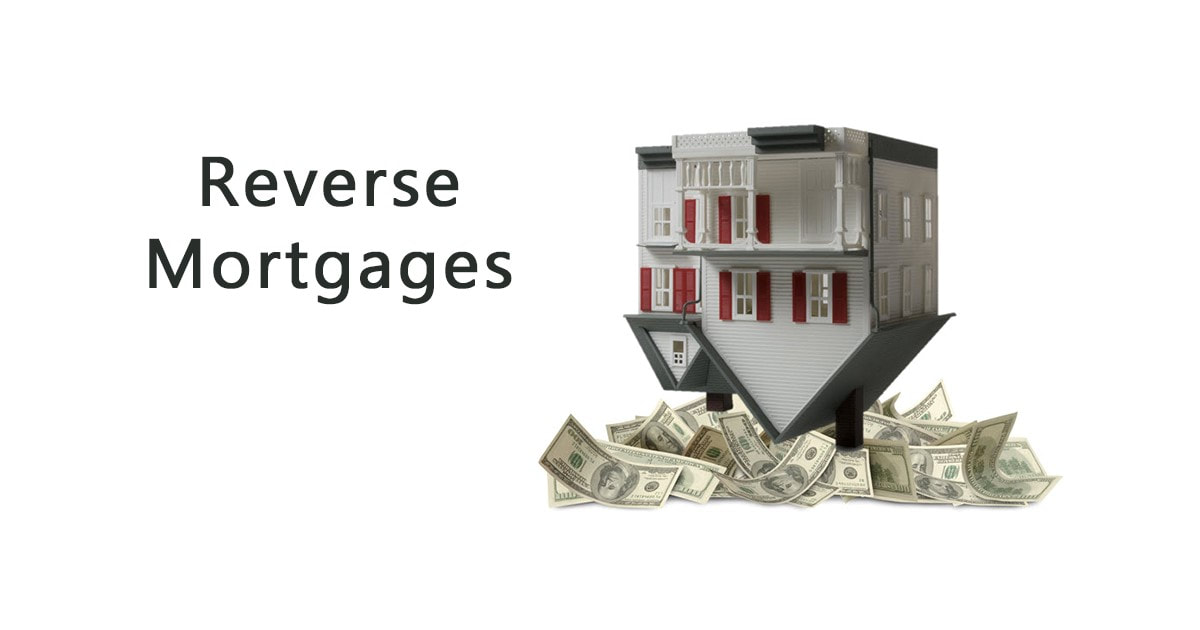Why Keep Track of Home Improvements6/2/2020 Homeowners receive a generous exclusion on the gain of their principal residence up to $250,000 for single taxpayers and $500,000 for married taxpayers filing jointly. Most people probably consider the gain or profit in a home to be the difference between the purchase price and the sales price.
IRS allows a taxpayer to lower the sales price by the selling expenses before calculating gain. Normal expenses like real estate commission, title policy, attorney fees, and other sales expenses may be included if they are normal and customary. Another significant adjustment is that capital improvements made during the holding period can be added to the cost basis. Normal maintenance like repairs are not considered improvements. IRS says that if the expenditure materially adds value (features) to the property, or appreciably prolongs the useful life of the property, or adapts a portion of the property to a new use, it can be considered a capital improvement. Examples could include replacing a heating or air conditioning system, storm windows, new permanent landscaping like trees or shrubs or completing an unfinished basement. They don't necessarily have to be high-ticket items but can include things like adding dead bolts, ceiling fans, video doorbell and other items. For more information, see IRS Publication 523. The total amount of the money that is spent on capital improvements increase the cost basis of the home which in turn will reduce the amount of gain when sold. With the average person staying in a home for 10 ... 12 years, the total improvements could be significant. As an example, let's say a single taxpayer sold their home for $350,000 more than they paid for it. If their selling expenses were $25,000 and they had made $75,000 of capital improvements during the holding period, the gain would be $250,000 and within the limits for a single taxpayer to exclude all of it instead of having a $100,000 gain. It is necessary to be able to prove the amount spent and for that reason, a routine should be established to keep the receipts and cancelled checks for all expenditures on their principal residence. Even if the owner is not sure whether they qualify as an improvement, by having the receipt available at the time of sale, a tax professional can help a homeowner with the determination. In addition to receipts and cancelled checks, a contemporaneous register listing the date, description and amount spent will provide accurate information for calculations and serve as evidence should it be needed in the future. There is more information in the Homeowners Tax Guide that is available for download.
0 Comments
One More Reason to Refinance4/27/2020 Taking cash out of the equity of your home could be a legitimate way to fund a temporary cash crisis now or to have it on-hand if the need arises. Most homeowners can pull out the difference in 80% of the fair market value of their home and what they currently owe.
The most frequently cited reasons for refinancing are to lower the payment, eliminate the private mortgage insurance, combine mortgages, consolidate debt, convert an ARM to a fixed rate mortgage, remove a person from the loan or to take cash out for another reason. The option of using your equity to deal with unexpected living expenses or potential lost wages in the future could be a good reason for doing a cash-out refinance. It is important to consider that it could increase your monthly payment instead of lowering it which would result in higher expenses during uncertain economic times. Some lenders have recently raised the minimum credit score requirement but borrowers with good credit and the ability to repay should be able to refinance. Lenders are reporting that during the Covid-19 crisis their processing time is taking longer but they have implemented procedures to safely facilitate the application as well as the appraisals. While homeowners with an FHA loan are available for a streamline process because FHA is already insuring the mortgage to be refinanced, the cash-out is limited to $500. Even though the owner may not be able to pull funds out of their FHA equity, refinancing may lower their payment and therefore, lower their expenses. Unlike conventional loans that require income through a job or other sources, refinancing an existing FHA loan does not require income verification or an appraisal. The borrower cannot be delinquent on their current FHA loan and it must be at least six months old. The refinance must reduce the current interest rate or term or both. Another alternative for homeowners is a HELOC, home equity line of credit, where you do not incur interest expense unless you actually draw on the line of credit. It will be a variable rate home equity loan similar to a credit card letting you borrow up to a specific limit when you want and repay it slowly over time. Refinancing a home incurs closing costs which can be paid in cash or added to the financed amount. The breakeven point to recapture the cost of refinancing is determined by dividing the monthly savings into the cost of refinancing. If you stay in the home less than that time, refinancing could be an unnecessary expense. Financing Home Improvements2/10/2020 Home improvement loans provide a source of funds for owners to finance the improvements they want to make. These are usually, personal installment loans that are not collateralized by the home itself. Since there is more risk for the lender with this type of loan, the interest rate is higher than a normal mortgage loan.
In today's market, the rates on home improvement loans could vary between 6% and 36%. A borrower's credit score will determine the interest rate; the lower the score, the higher the rate and the higher the score, the lower the rate. Smaller loan amounts are under $40,000 with larger loan amounts over $40,000 based on the extent of the improvements to be made. With all things being equal, a larger loan may have a lower interest rate. Besides the interest rate being higher than a regular mortgage, the term is shorter. Similar to a car loan, the term can be between five and seven years. A $50,000 home improvement loan for a borrower, with good but not great credit, could have a 12% interest rate for seven years. That would make the monthly payment $882.64. An alternative way to fund the improvements would be to do a cash out refinance. These types of loans are collateralized by the home. The current mortgage would be paid off with the new mortgage plus the amount for the improvements. Lenders will usually require that the owner maintain a minimum of 20% equity in the home. Assuming a homeowner owed $230,000 on the existing mortgage and wanted $50,000 for improvements. The new loan amount would be $280,000 and the home would have to appraise for at least $350,000 for the homeowner to have a 20% equity remaining. Another thing that occurs on a refinance is that the standard term for mortgages is 30 years which means the owner would be financing the improvements for 30 years instead of a shorter term. The advantage would be a smaller payment. Let's say in this example, the owner originally borrowed $250,000 at 4.5% for 30 years with a payment of $1,266.71. After 54 payments, the unpaid balance is $230,335. If they did a cash out refinance at 4.5% for 30 years for the additional $50,000 and financed the estimated closing costs of $8,700, the new payment would be $1,464.50. Using the home improvement loan, the combined payments would be $2,149.35 which would be $684.85 higher. While the cash out refinance produces a lower payment, it adds $8,700 to the amount owed and stretches it out over a longer period. Home improvement loans have lower closing costs than regular mortgage loans. Another alternative loan is a HELOC or Home Equity Line of Credit which can be explored and compared to the two options mentioned above. If a homeowner is going to finance improvements, a comparison of different types of loans and payments can be helpful in the decision-making process. A trusted mortgage professional is a valuable resource to assist you with current and accurate information. If you need a recommendation, please call me at . House-Hacking Rental Property2/3/2020 House-hacking refers to buying a multifamily property on an owner-occupied mortgage, living in one unit and renting the others. If you're thinking about becoming a rental mogul, starting early is an advantage. Not only will you have longer to accumulate a larger portfolio, you can increase the leverage on the first acquisitions if they are owner-occupied. Leverage is the use of other people's money to finance an investment. The higher the loan-to-value, the greater the leverage which can increase the yield. A $200,000 rental property with an 80% LTV at 4.5% for 30 years producing a 16.88% before-tax rate of return would increase to a 23% return on investment by increasing the mortgage to 90%. A typical down payment on an investor property in today's market is 20-25% but, in some cases, a higher loan-to-value is possible. Owner-occupied, multi-unit properties, two to four units, allow a borrower to occupy one of the units and rent the others out. The cash flows from the rental units subsidize the cost of housing for the unit occupied by the owner. VA will guarantee 100% of the mortgage for eligible veterans, while FHA will loan up to 96.5% for qualifying borrowers. Consider a four-unit property was purchased as owner-occupied and the other three units were rented for $800 each. If an FHA loan was obtained, the owner could live for roughly $355 a month after collecting the rent and paying the expenses. Assume the owner lived in it for two years and then, rented out the fourth unit for the same $800 per month. The cash flow would rise to $4,800 a year with a before-tax rate of return of 30% based on a 2% appreciation. Rental properties offer the investor to borrow large loan-to-value mortgages at fixed interest rates for up to 30 years on appreciating assets with tax advantages and reasonable control that many other investments don't enjoy.
Some people consider rental properties the IDEAL investment with each letter in the acronym standing for a benefit it provides. It provides income from the rent which many investments do not have. Depreciation is a non-cash deduction from income that increases cash flow. Equity buildup occurs as each payment is made by reducing the principal owed. Appreciation happens over time as the value of the property increases. L stands for leverage that was explained earlier in this article. You may be able to buy another four unit as an owner-occupant before you need to start using a normal investor's down payment. In the meantime, you could have eight units that are increasing in value while the mortgage balance is decreasing with every payment made. If there is sufficient equity in the properties by the time, you're ready to buy more, you may be able to take cash out of the existing ones to use for the down payments. This can be a great way to turbocharge your net worth by becoming an owner and a real estate investor at the same time. To learn more about rental properties, download the Rental Income Properties guide and/or contact me at to schedule an appointment to meet to discuss the possibilities. Reverse Mortgage1/13/2020 Reverse mortgage loans are like traditional mortgages that permits homeowners to borrow money using their home as collateral while retaining title to the property. Reverse mortgage loans don't require monthly payments.
The loan is due and payable when the borrower no longer lives in the home or dies, whichever comes first. Since no payments are made, interest and fees earned are added to the loan balance each month causing an increasing unpaid balance. Homeowners are required to pay property taxes, insurance and maintain the home, as their principal residence, in good condition. Reverse mortgages provide older Americans including Baby Boomers access to their home's equity. Borrowers can use their equity to renovate their homes, eliminate personal debt, pay medical expenses or supplement their income with reverse mortgage funds. Homeowners are required to be 62 years and older and meet the following requirements:
Payouts are based on the age of the youngest spouse. The younger the age, the less money can be borrowed. Reverse mortgages offer two terms ... a fixed rate or variable rate. Fixed rate HECMs have one interest rate and one lump sum payment. Variable rate loans offer multiple payout options:
Traditional reverse mortgages, also called Home Equity Conversion Mortgage, HECM, are insured by FHA. There are no income limitations or requirements and the loan funds may be used for any purpose. The borrower must attend a counseling session about the HECM, its risk, benefits, and how much can be borrowed. The final loan amount is based on borrower's age and home value. FHA HECMs require upfront and annual mortgage insurance premiums but can be wrapped into the loan. Proprietary HECM loans are not federally insured. Lenders create their own terms, including allowing loan amounts higher than the FHA maximum. Proprietary HECMs don't require mortgage insurance (upfront or monthly), which may result in more funds available. Proprietary reverse mortgages typically have higher interest rates than FHA HECMs. Advantages
Disadvantages
More information is available about reverse mortgages from the Consumer Financial Protection Bureau or Federal Trade Commission or HUD.gov. Questions? Prefer to discuss further? Give Jenni a call at (808) 345-6192 Personal Finance Review12/16/2019 Even if Benjamin Franklin never actually used the expression "a penny saved is a penny earned", the reality is that it has been a sentiment for frugality for centuries. He did say: "Beware of little expenses; a small leak will sink a great ship." At the end of the day, it is not about how much you make as much as it is about how much you keep.
The first step in a personal finance review is to discover where you are spending your money. It can be very eye-opening to have a detailed accounting of all the money you spend. Coffee breaks, lunches, entertainment, happy hour, groceries and the myriad of subscription services you have contribute to your spending. This revelation can lead you to obvious areas where savings can be accomplished. The next step is to dig a little deeper to see if there are possible savings on essential services.
A strategy that some people use is to report their credit cards as lost so new cards will be issued. When they are contacted by the companies to get a valid credit card, they can determine if the service is still needed. The money you save can ultimately help you in the future for a rainy day, an unanticipated expense, a major life event or retirement. Cutting back now will give you more later, possibly, when you need it even more. Tennessee Williams said "You can be young without money, but you can't be old without it." AuthorRead helpful articles and real estate resources shared on behalf Realtor® Broker, BIC Jennifer R. Rhodes of Premier Island Properties LLC Archives
June 2020
Categories
All
|
|
RB-22237
|
|







 RSS Feed
RSS Feed
